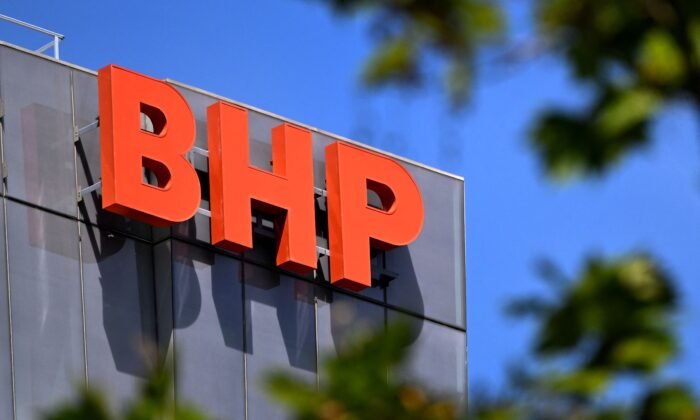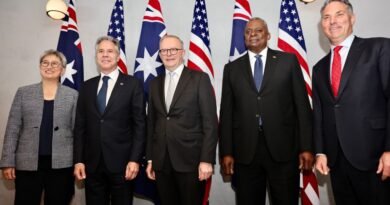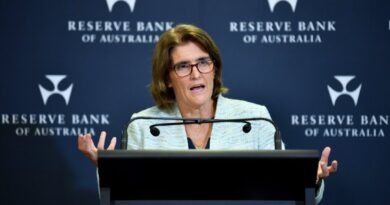Major Market Players Predicted to Exit Due to Anticipated Drop in Iron Ore Demand from China, says BHP
The company anticipates a decrease in Chinese blast furnace run rates in 2024 due to weak steel margins and potential production controls driven by policies.
BHP has cautioned about a forthcoming drop in iron ore demand in China, posing a risk to high-cost suppliers in the market.
The diversified mining company foresees a moderation in Chinese blast furnace run rates in 2024 amidst subdued steel margins and potential policy-driven production controls.
Furthermore, BHP expects a decline in China’s iron ore demand in the near future from current levels, with production likely to remain above 1 billion tonnes until the mid-2020s.
The company also highlighted the increasing proportion of China’s scrap-based steel which is contributing to the decrease in demand. The output of Chinese pig iron is expected to decrease as more recycled scrap is utilized in steelmaking.
Despite these factors, BHP indicated its plans to boost production at its Western Australia Iron Ore (WAIO) to over 305 million tonnes per annum (Mtpa) in the medium term.
WAIO comprises an integrated system of four processing hubs and five mining hubs, consistently being the lowest-cost major iron ore producer globally for more than four years.
The company projects that demand for its products in emerging markets will counterbalance the expected decline in demand from China.
BHP’s Net Profit Declines, Revenue Increases
BHP’s advisory coincides with its report on a 39 percent decline in attributable net profit to US$7.90 billion, while revenue increased by 3 percent to $55.66 billion for the fiscal year ending on June 30, 2024.
The company attributed the lower net profit to a $5.8 billion loss, primarily driven by a US$2.7 billion impairment of Western Australian nickel and a US$3.8 billion charge related to the Samarco dam failure.
On the other hand, the revenue growth was fueled by higher realized iron ore and copper prices, alongside a 3 percent and 5 percent rise in sales volumes, respectively.
Throughout the fiscal year, BHP’s capital and exploration expenditure grew by 31 percent to $9.3 billion due to increased capital investment in copper and potash by $1.5 billion. The company anticipates that around 65 percent of its medium-term capital will be allocated to these forward-looking commodities.
“We continued to advance growth options in the commodities the world needs to meet the demands of the energy transition and population growth,” said BHP CEO Mike Henry.
“Over the long term, the outlook for our key commodities remains positive. We continue to expect that population growth, urbanization, rising living standards, and the infrastructure required for decarbonization and electrification will drive demand for steel, non-ferrous metals such as copper, and fertilizers.”
BHP is exploring the possibility of increasing Copper South Australia’s production to over 500 kilotonnes per annum (ktpa) and potentially up to 650 ktpa.
The company also mentioned that its Jansen potash project in Canada is progressing ahead of schedule, with production expected to commence in just over two years.






